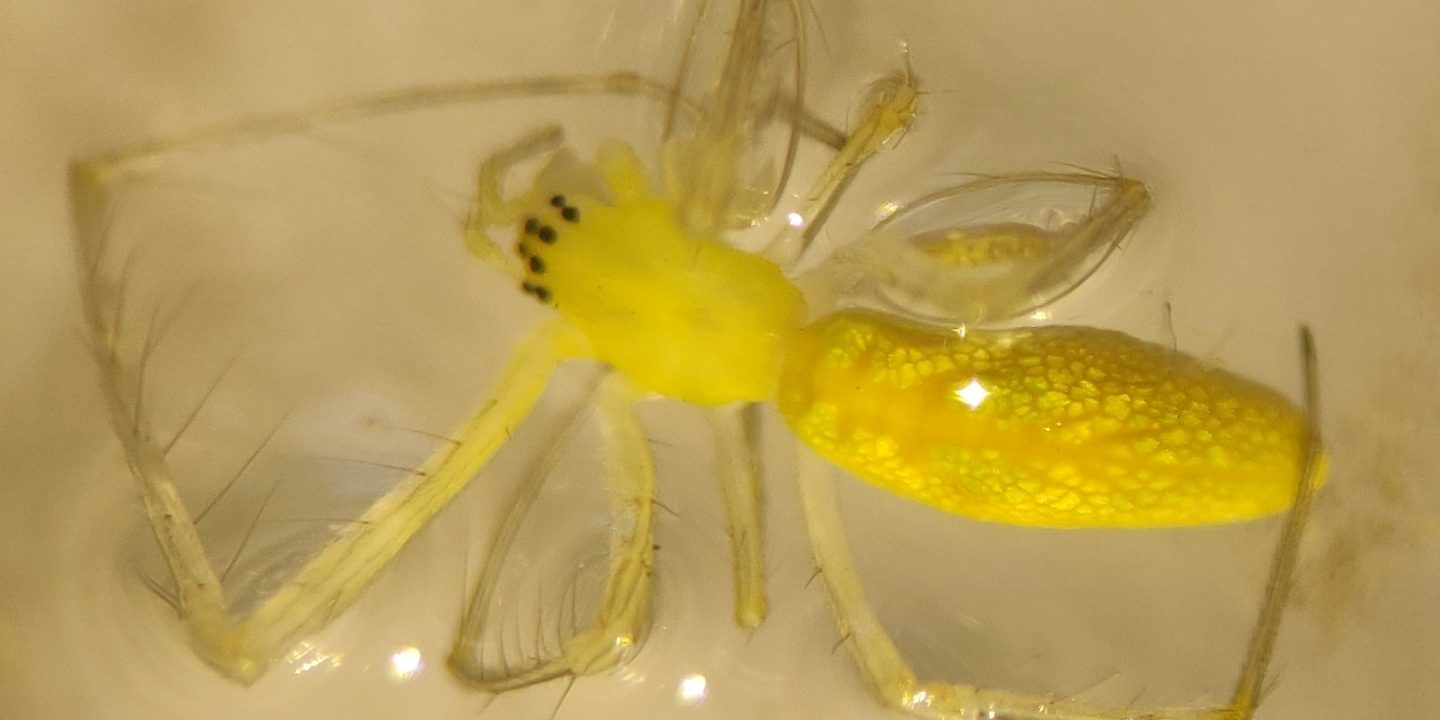Written by Jose Cerca (former member of our group and now as a guest author on this blog)
Spiders are some of the most charismatic animal lineages. Despite this, there are only a handful spider genomes available. This is likely due to their highly repeated and heterozygous genomes. In other words, people were scared off by the 6 Giga assembly with multiple repeats of the first tarantula.
In our latest publication, entitled “The Tetragnatha kauaiensis genome sheds light on the origins of genomic novelty in spiders“, we sequenced and annotated a spider genome from Hawai’i. Tetragnatha kauaiensis belongs to an adaptive radiation of spiders in Hawai’i with multiple events of repeated evolution involving coloration (convergent / parallel evolution; more to come on this, soon!). As part of this work, we uncovered signatures of gene family expansion associated with perception of taste, immunity and metabolism in spiders. We found that most venoms were already present by the time spiders and scorpions diverged. However, unfortunately, because most assemblies are of poor quality (fragmented and with missing information), and because there is a very incomplete taxon sample, we were unable to dissect the complete picture. This genome, but also the sparsity of the other genomes and correspondingly incomplete picture highlights the advantage complete genomes can bring to biodiversity research as EBP and ERGA aim for.

This publication is the first of a collaboration between Rosemary G. Gillespie, Torsten H. Struck and Jose Cerca with the generous support of a Peder Sather grant. Here is where the banker comes into the game. Peder Sather was an immigrant from Norway, established his own bank during the Californian gold rush and was one of the founding fathers of University of California, Berkeley. There is more to come from this collaboration on the convergent/parallel base of coloration … the first results are suggesting selection on circadian-rhythm controlling genes, and hybridization!
![]()

1 Comment on “A US-Norwegian banker, Hawai’i and a spider genome – How do they come together for biodiversity research?”